detail profile sylvio back
Peran Yang Di Mainkan Sylvio Back
 In 1965 a year after the military...
In 1965 a year after the military...Candango: Memoirs from a Festival 2020
In 1965, a year after the military coup in Brazil, an oasis of freedom opened in the country's capital. The Brasília Film Festival: a landmark of cultural and political resistance. Its story is that of Brazilian cinema itself.
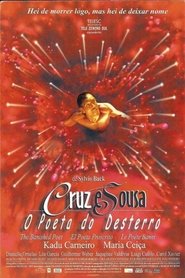 Poet Cruz e Souza was a...
Poet Cruz e Souza was a...Cruz e Sousa - The Banished Poet 1999
Poet Cruz e Souza was a black man, born in the State of Santa Catarina, Brazil, where the majority of the population are blonde. He was also poor and fell a prey to the racism of his time. Died young, at 37, and dragged the great love of his life, Gavíria, into a path of great suffering.
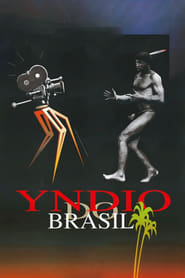 Yndio do Brasil is a collage...
Yndio do Brasil is a collage...Our Indians 1995
Yndio do Brasil is a collage of hundreds of Brazilian films and films from other countries - features, newsreels and documentaries - that show how the film industry has seen and heard Brazilian indigenous peoples since they were filmed in 1912 for the first time: idealised and prejudiced, religious and militaristic, cruel and magic.
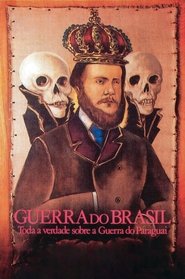 Between 1864 and 1870 South America was the...
Between 1864 and 1870 South America was the...Brazil War: The Truth about The Paraguayan War 1987
Between 1864 and 1870, South America was the scene of the biggest and bloodiest armed conflict of the century, known as the "Paraguay War," or "Big War," for Paraguayans. Mixing reality and fiction, the documentary discusses this "draft" of World War I, which involved Brazil, Argentina, Uruguay and Paraguay, decimating around one million people.
 Formed by Jesuit missions in Brazil...
Formed by Jesuit missions in Brazil...The Guarani Republic 1981
Formed by Jesuit missions in Brazil, Paraguay, Argentina and Uruguay, between 1610 and 1767, it congregated about 150,000 indigenous people in almost fifty "reductions" (Jesuit cities). The Christian-Communist Republic of the Guaranis was decimated by attacks of expeditions and mercenaries and served as an excuse for the kings of Portugal and Spain to banish the Jesuits from America.
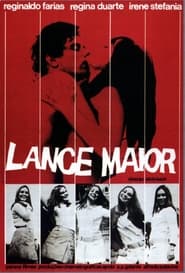 University student who works in a...
University student who works in a...Lance Maior 1968
University student who works in a bank experiences a personal crisis: he is torn between his ambitions and the temptation to engage in the armed movement against the military dictatorship of the time, in Brazil. At the same time, his love life is also confusing: he is unable to choose between two girls: an apolitical rich one, whose main interest is her own sexual liberation; and a working girl with family problems.



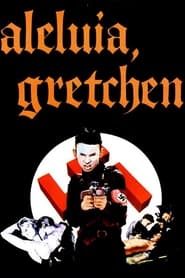 A German family moves to a...
A German family moves to a...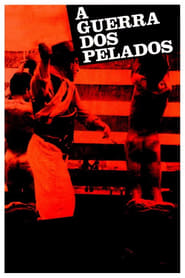 In 1913 in the state of Santa...
In 1913 in the state of Santa...